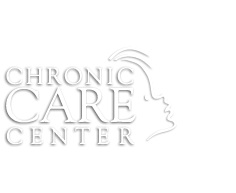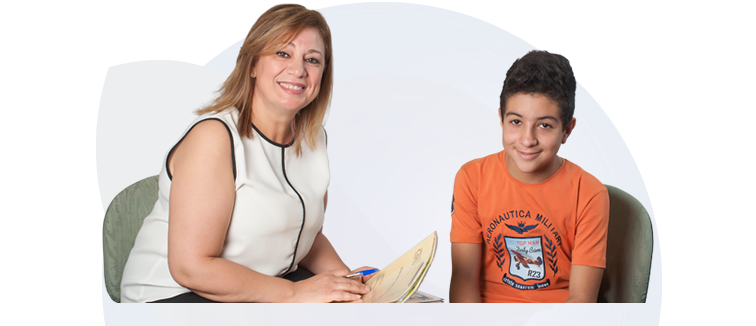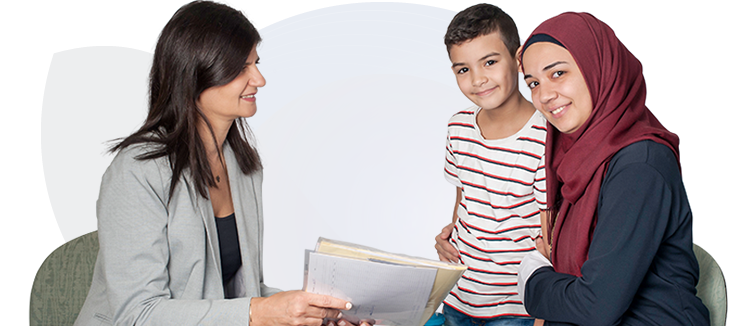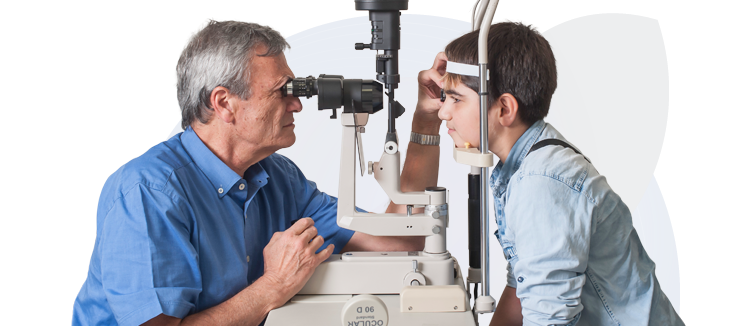About Thalassemia
The word thalassemia comes from "thalasso = sea" and "hemia = blood", together meaning "anemia of the sea". It was named as such because it is particularly common in the Mediterranean basin.
There are two types of thalassemia, Alpha thalassemia (rare in Lebanon) and Beta thalassemia (major & intermedia). The thalassemia trait is not a disease. "Trait" simply means that healthy people carry the thalassemia gene. When carriers of the thalassemia gene marry other carriers, they could have children affected with thalassemia major.
It is estimated that 2-3% of the Lebanese population are carriers of the thalassemia trait (approximately 1 / 50). That is why prevention at this level is the ultimate aim of the Chronic Care Center.

Thalassemia major is an inherited blood disorder. Children born with thalassemia major cannot make enough hemoglobin in their blood. As a result, severe anemia ensues. The clinical manifestations present early in childhood, usually between 3 months and 2 years of age.
The 2 major components of treatments are:
Frequent blood transfusions to replace the defective hemoglobin, and iron chelation to remove the excess iron.
Moreover, patients with thalassemia major may suffer from a number of different medical problems due to the disease itself, the frequent blood transfusion, and inadequate or irregular treatment. The main complications that might arise are cardiac, endocrine, as well as repeated infections.
The only curative therapy is bone marrow transplantation done according to specific medical criteria (young age, HLA typing, related donors...) with a success rate of 80%.
A prospective future therapy may be gene therapy. Several trials are already underway testing this new approach.
Our thalassemic patients
Our thalassemia community is as diverse as the population of Lebanon encompassing patients from different geographic areas and religions.
Half (50%) of our thalassemia patients above 20 years of age are employed, and more than 50% have achieved university level education.
What makes our patients different from other thalassemia groups is that 24% of adults are married and of whom 68% have children.
The patients in the Chronic Care Center participate in all of the studies we conduct.
As of November 2019, we have 789 registered cases of thalassemia, with 54% males and 46% females, aged from few months up to 50 years.

Around 25% of our patients come from the North, 22% from Bekaa, 30% from South of Lebanon, and the rest from Beirut and Mount Lebanon

Since thalassemia is a genetically inherited disorder, some of our families have more than two affected children. This is due to consanguineous marriage and lack of awareness.
The Center offers the necessary treatment to these patients, medical follow-up and social orientation to help them to live with their chronic disease.
In order to offer to a young group of our thalassemics a curative therapy, on May 24th 2005, a memorandum of understanding was signed between the "Mediterranean Institute of Hematology" (IME), an Italian governmental organization and the Chronic Care Center, under the Ministry of Public Health's patronage.





